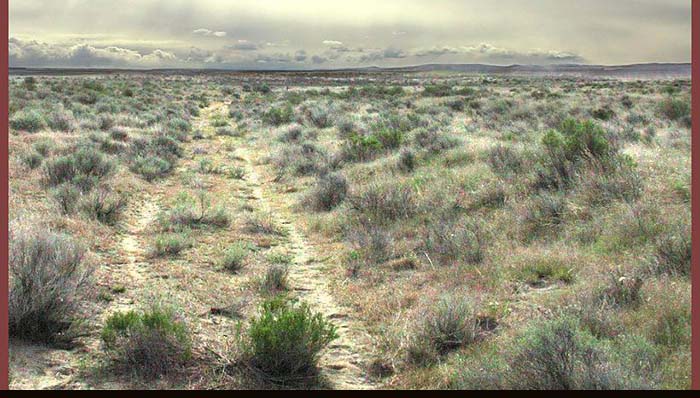Perhaps you’ve heard of, or even used, the term, ‘stuck in a rut.’ It is thought to have come from the days of wagon travel when the wooden wheels of the wagon would literally get stuck in the grooved path carved out by those that had gone before them (Moreland, 2011). In essence, tasks become so routinized that we fail to notice the redundancy of them.
A vivid reminder of the ruts in our work happens when we bring someone new into our organization. As we begin to explain the processes and procedures of the organization, we’re likely met with the raised eyebrow or polite, “may I ask why it’s done that way.” Too often we are quick to defend the status quo – even if we don’t like it – saying things like, “that’s the way we do it here,” or “we’ve always done it that way.”
As a center, we are in the midst of reorganizing our small team and hiring someone into a newly created position. This process has required us to think about not only what the work of the center is, and who is primarily responsible for which components of the work, but also why the work is done the way it is. Needless to say, we’ve already uncovered quite a few ruts!
Instead of staying in the rut, we welcome that inquisitiveness as a chance to identify new ways of doing things. These are fantastic opportunities to look at our work with fresh eyes.
My tip to you: as you interview new hires, ask them to share innovations that they have made in their prior roles. Find those people for your team who will continue to help you look at the work you do from new perspectives and get you out of your rut.
______________________
Moreland, T. (2011, November 13). Stuck in a rut? Lessons Learned from Early Pioneers | HR C-Suite. Retrieved from http://www.hrcsuite.com/pioneers/


December 21, 2023 at 9:21 pm
I am happy to find your distinguished way of writing the post. Now you make it easy for me to understand and implement the concept. Thank you for the post. zoomée